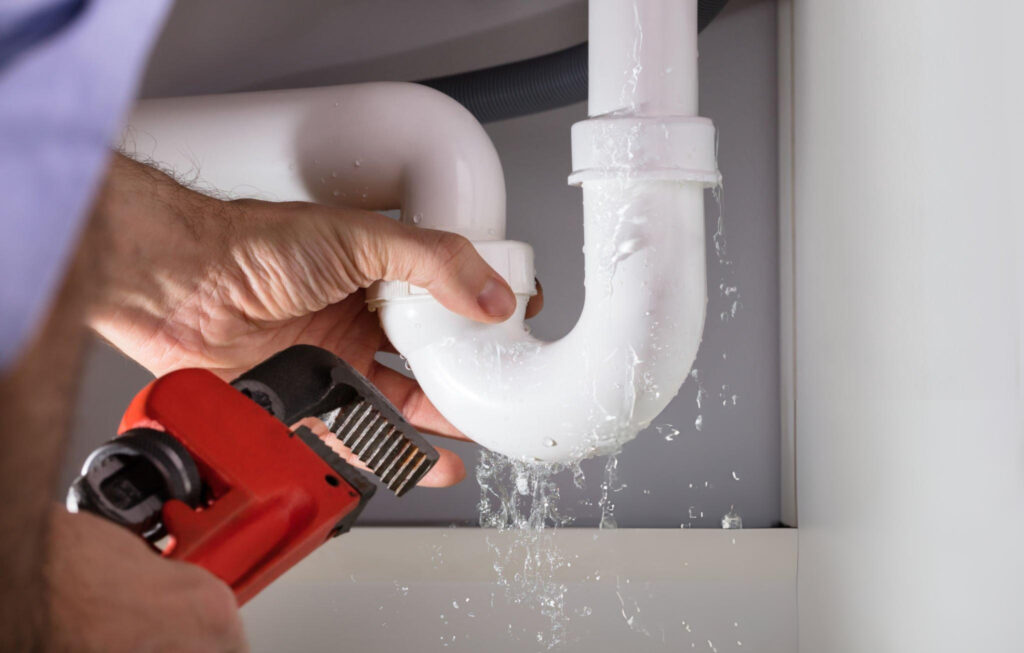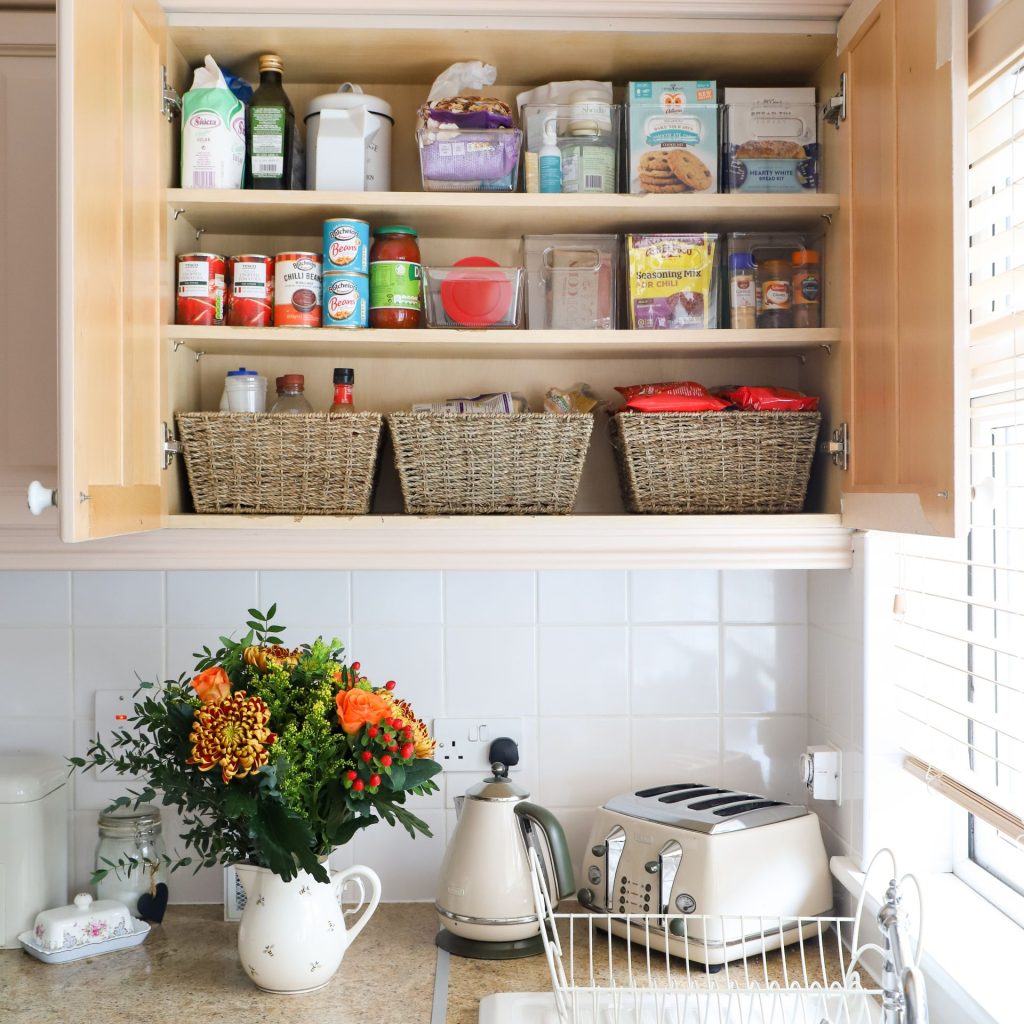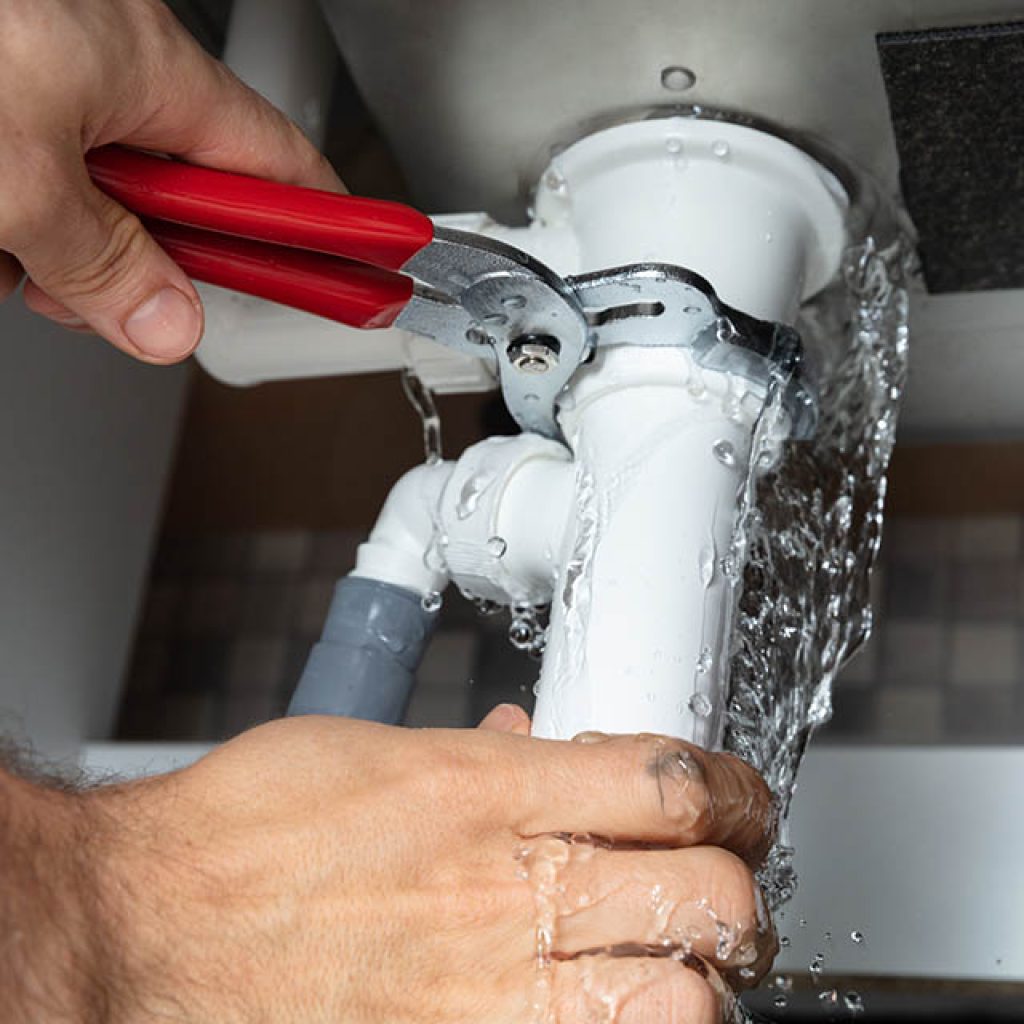Creaky doors and windows can be annoying, disrupting your peace at home. Discover easy DIY fixes for creaky doors and windows to restore calm and comfort.
Luckily, fixing them is easier than you think. In this blog post, we will explore simple DIY solutions to silence those irritating creaks. No need for expensive tools or professional help. With just a few household items and a bit of effort, you can have smooth, quiet doors and windows.
Whether it’s a hinge needing oil or a loose screw, we’ve got you covered. These fixes are quick, effective, and easy for anyone to do. Say goodbye to annoying noises and hello to a quieter home. Let’s dive into these easy DIY fixes for creaky doors and windows!
Common Causes
Creaky doors and windows can be frustrating, disturbing the peace of your home. With easy DIY fixes for creaky doors and windows, understanding the common causes helps you solve the issue quickly. Let’s explore the usual suspects.
Hinges And Screws
Hinges and screws are often the main culprits. Over time, hinges can rust. This creates friction and noise. Loose screws can also cause creaking. Tightening them usually solves the problem.
Lubricating the hinges can help too. Use a spray or oil. Apply it to the hinges and screws. This reduces friction and noise.
Weather Stripping
Weather stripping can wear out. This leads to gaps and creaks. Check the condition of the stripping. If it is old or damaged, replace it.
New weather stripping is easy to install. It seals gaps and stops creaks. It also improves insulation. This keeps your home warmer in winter and cooler in summer.
Tools Needed
When it comes to easy DIY fixes for creaky doors and windows, having the right tools makes all the difference. The right hand tools and lubricants can help you quickly eliminate those annoying squeaks and creaks, making the repair process smooth and efficient.

Basic Hand Tools
Basic hand tools are the foundation of any DIY project. For easy DIY fixes for creaky doors and windows, you’ll need a few essential items. A screwdriver set is a must, as screws often need tightening or replacing. A hammer will also come in handy for tapping hinges back into place.
A utility knife can help with trimming any excess material. Pliers are great for gripping and holding small parts. Sandpaper can smooth out rough edges on doors and windows. A tape measure ensures accurate measurements.
Lubricants
Lubricants play a critical role in stopping creaks. WD-40 is a popular choice. It penetrates deep into hinges and moving parts. Silicone spray is another good option. It provides lasting lubrication without attracting dust.
Graphite powder is excellent for locks and tight spaces. It reduces friction and keeps parts moving smoothly. Beeswax can also be used. It’s natural and effective for wooden surfaces. Always apply lubricants in small amounts. Wipe off any excess to avoid drips.
Fixing Door Hinges
Creaky doors can be annoying. Fixing door hinges is a simple task. You don’t need fancy tools. A few easy steps can do the trick.
Tightening Screws
Loose screws often cause creaky doors. Check the screws first. Use a screwdriver to tighten them. Ensure each screw is snug. This might solve the problem.
Lubricating Hinges
If tightening screws does not work, try lubricating the hinges. Use a lubricant like WD-40. Spray a small amount on each hinge. Move the door back and forth. This helps spread the lubricant. You can also use petroleum jelly. Apply a thin layer to the hinge pins. This reduces friction.
Repairing Window Frames
Is the creaking of your windows driving you up the wall? Fear not! Repairing window frames can be a straightforward task that you can do yourself. With a bit of elbow grease and some basic tools, you can have your windows operating smoothly in no time.
Let’s dive into two key areas: cleaning tracks and replacing weather stripping.
Cleaning Tracks
One of the most common reasons for creaky windows is dirt and debris stuck in the tracks. Think about it: when was the last time you gave those tracks a good clean? Here’s how you can do it:
- Step 1: Open the window as wide as possible.
- Step 2: Use a vacuum cleaner with a narrow attachment to suck up any loose dirt and debris.
- Step 3: Mix a solution of warm water and mild dish soap.
- Step 4: Dip a soft cloth or sponge into the soapy water and scrub the tracks thoroughly.
- Step 5: For stubborn dirt, use an old toothbrush to get into the crevices.
- Step 6: Rinse the tracks with clean water and dry them with a clean cloth.
By keeping the tracks clean, you’ll not only reduce noise but also extend the life of your windows. Who knew a bit of cleaning could make such a difference?
Replacing Weather Stripping
Weather stripping can wear out over time, leading to drafts, rattles, and yes, those annoying creaks. Here’s a simple guide to replacing it:
- Step 1: Measure the length of the old weather stripping and purchase a replacement that matches the type and size.
- Step 2: Carefully remove the old weather stripping. You might need a putty knife to help pry it off.
- Step 3: Clean the surface where the new weather stripping will be applied. Use a damp cloth to remove any dirt or adhesive residue.
- Step 4: Cut the new weather stripping to the appropriate length if needed.
- Step 5: Apply the new weather stripping, pressing it firmly into place to ensure a good seal.
Replacing weather stripping can help keep your home more energy-efficient and quieter. Plus, it’s a quick fix that can save you money on your heating and cooling bills. Who doesn’t love a win-win?
Fixing creaky doors and windows doesn’t have to be a daunting task. With a bit of patience and these easy DIY tips, you’ll have your home running more smoothly in no time. Happy fixing!
Quick Lubrication Tips
Have you ever tried to tiptoe around your house, only to be betrayed by a creaky door or window? It’s a common annoyance, but the good news is, you don’t need to call in a professional to fix it. With a few quick lubrication tips, you can easily silence those noisy hinges and frames.
Let’s dive into some simple methods to get your doors and windows moving smoothly again.

Types Of Lubricants
Choosing the right lubricant is essential for a successful fix. Here are a few common types:
- WD-40: This all-purpose lubricant is a household favorite. It’s great for metal hinges and tracks.
- Silicone Spray: Ideal for rubber seals and plastic parts, silicone spray prevents wear and tear.
- Graphite Powder: Perfect for locks and tight spaces, graphite powder reduces friction without leaving a mess.
Application Methods
Now that you’ve chosen your lubricant, here’s how to apply it effectively:
- Prepare the Area: Make sure the door or window is clean. Wipe off any dust or grime with a damp cloth.
- Apply the Lubricant: For sprays, hold the can a few inches away from the hinge or track. For powders, sprinkle a small amount directly onto the area.
- Move the Door/Window: Open and close the door or window several times to work the lubricant into the joints. This helps spread it evenly and ensures smooth operation.
- Wipe Away Excess: Use a clean cloth to remove any excess lubricant. This prevents it from attracting dust and dirt.
And there you have it! With these quick lubrication tips, you can say goodbye to those annoying creaks and enjoy the peace and quiet of a well-maintained home. Happy DIYing!
Checking For Loose Screws
Have you ever been annoyed by the constant creaking of your doors and windows? It’s a common issue, but easy DIY fixes for creaky doors and windows can help. Start by checking the screws—loose ones can cause movement and that annoying sound.
Let’s dive into how you can identify and secure these screws to enjoy a quieter home.
Identifying Loose Screws
First things first, let’s find those pesky loose screws. You don’t need to be a handyman to figure this out. Simply follow these steps:
- Open and close the door or window slowly. Pay attention to any movement or sound that seems out of place.
- Use a flashlight if necessary to get a better look at the hinges and other hardware.
- Gently wiggle the door or window to see if any parts feel loose.
Loose screws are often the culprits behind the creaking. If you find any, don’t worry. The next step is to secure them properly.
Securing Screws
Now that you’ve identified the loose screws, it’s time to secure them. Here’s how you can do it:
- Gather your tools: You’ll need a screwdriver that fits the screws in your door or window hardware.
- Tighten the screws: Turn the screwdriver clockwise to tighten the screws. Be careful not to over-tighten as this can strip the screw or damage the wood.
- Check for proper alignment: After tightening, open and close the door or window again to ensure everything is aligned correctly.
- Replace damaged screws: If any screws are stripped or damaged, replace them with new ones of the same size.
By following these simple steps, you can often eliminate the creaking entirely. It’s a quick and easy fix that doesn’t require a lot of expertise or time.
So, next time you hear that familiar creak, don’t fret. With a screwdriver and a bit of patience, you can make your home a quieter place. After all, who needs those creaky interruptions when you’re trying to enjoy a peaceful day?
Replacing Old Hardware
Replacing old hardware on doors and windows can solve creaky issues. Updating worn-out components ensures smooth operation and can enhance the appearance. This simple DIY fix can make a significant difference. Let’s delve into the process of selecting and installing new hardware.
Selecting New Hardware
First, choose hardware that matches your door or window. Measure existing hardware to ensure proper fit. Consider the finish and style that complements your home decor. Look for quality materials to ensure durability and longevity.
Installation Steps
Begin by removing the old hardware. Use a screwdriver to unscrew the bolts. Carefully detach the hardware from the door or window. Clean the area to remove any dirt or debris.
For easy DIY fixes for creaky doors and windows, align the new hardware with the existing holes. Insert the screws, tighten securely, and ensure smooth operation. Test the door or window to make sure the creak is gone. Repeat the process for all creaky doors and windows.
Replacing old hardware is a straightforward fix. It can instantly improve the functionality and look of your doors and windows. Happy fixing!
Preventative Maintenance
Prevention is better than cure, right? This age-old saying holds true even for your creaky doors and windows. Addressing issues early can save you from costly repairs down the road. Simple, regular maintenance can keep your doors and windows smooth and silent.
Let’s dive into some easy DIY fixes to prevent those annoying creaks!
Routine Checks
Routine checks are the backbone of preventative maintenance. Think of it as giving your doors and windows a regular health check-up. Here are some simple steps to follow:
- Inspect Hinges: Check the hinges for any signs of rust or wear. A little lubrication can work wonders here.
- Tighten Screws: Loose screws can cause doors and windows to misalign, leading to creaks. Ensure all screws are tight and secure.
- Examine Frames: Look for cracks or gaps in the frames. Seal them with caulk to keep everything snug and quiet.
I remember once, I ignored a slightly loose screw on my front door. The creak got worse, and before I knew it, the whole hinge needed replacing! Lesson learned.
Seasonal Inspections
The changing seasons can be tough on your doors and windows. Humidity, temperature changes, and weather can all play a part in causing creaks. Here’s how to stay ahead:
- Spring Cleaning: Dust and clean the tracks and hinges. A bit of soap and water can help remove grime that may cause friction.
- Summer Heat: Check for expansion in wooden frames. A bit of sanding can prevent binding and sticking.
- Autumn Prep: As temperatures drop, tighten screws and oil hinges to prevent cold-weather squeaks.
- Winter Care: Ensure all seals are intact to keep out moisture and cold, which can cause wood to swell and creak.
I used to dread winter because my windows would creak like a haunted house. After following these seasonal tips, my home is now creak-free, even in the coldest months.
| Season | Maintenance Task |
|---|---|
| Spring | Clean tracks and hinges |
| Summer | Check for expansion |
| Autumn | Tighten screws, oil hinges |
| Winter | Check seals |
Preventative maintenance doesn’t have to be a chore. With these easy DIY fixes, you can keep your doors and windows functioning smoothly year-round. Have any other tips or tricks? Share them in the comments below!
Frequently Asked Questions
What Household Items Can You Use To Fix A Squeaky Door?
You can fix a squeaky door using household items like olive oil, petroleum jelly, or bar soap. Apply them to the hinges.
How To Fix A Squeaky Door Without Taking It Apart?
Apply lubricant to the hinges to stop the squeak. Use WD-40, oil, or petroleum jelly. Open and close the door to distribute the lubricant evenly.
What Is A Natural Lubricant For Squeaky Doors?
Olive oil acts as a natural lubricant for squeaky doors. Apply a small amount to the hinges.
How Do I Fix A Creaking Noise In My Door?
To fix a creaking door, apply lubricant to the hinges. Tighten any loose screws. Replace worn-out hinges if necessary.
Conclusion
Fixing creaky doors and windows is simple with these DIY tips. Regular maintenance keeps your home quiet and comfortable. Basic tools and a little time make a big difference. Don’t let squeaky sounds disrupt your peace. Try these solutions today.
Enjoy a quieter, more serene living space. Happy fixing!












2 thoughts on “Easy DIY Fixes for Creaky Doors and Windows: Quick Solutions”
Pingback: How to Fix a Broken Door Handle Yourself: Easy DIY Guide - Sweet Home Zone
Pingback: Fixing Water Damage from Plumbing Leaks: Expert Solutions Revealed - Sweet Home Zone